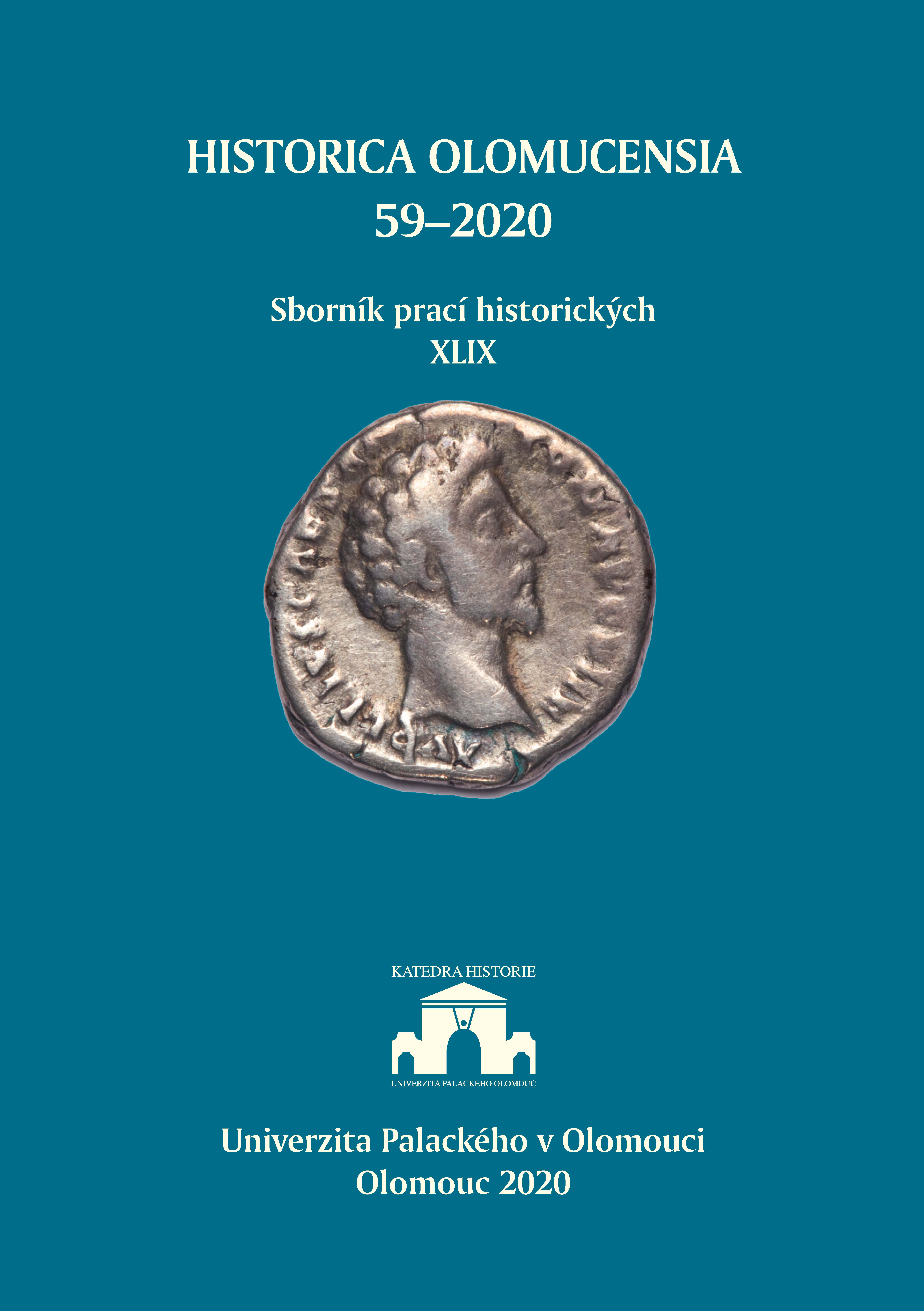Průmyslová oblast Norimberk a výroba tužek, firma Schwan-Stabilo
The Nuremberg Industrial Area and Pencil Production, Schwan-Stabilo Company
Author(s): Jana GeršlováSubject(s): History, 19th Century, Pre-WW I & WW I (1900 -1919), Interwar Period (1920 - 1939)
Published by: Univerzita Palackého v Olomouci
Keywords: competition;economic history of the twentieth century; pencil manufacture;Schwan-Stabilo;
Summary/Abstract: The article discusses the history of pencil-making on several levels. Firstly it deals with the development of graphite pencils, influenced by the discovery of natural graphite near Borrowdale in England in 1564. Secondly, it addresses the discoveries of artificial graphite by Nicolas-Jacques Conté (patented in 1795) and Joseph Hardtmuth (patented 1804 – the Viennese method), after which pencil production grew extensively as it was much cheaper compared to the “true” graphite. Thirdly, the paper describes Nuremberg and its surroundings in relation to the historical roots of pencil production – this natural junction of trade had a great influence on the development of craft and later industrial pencil production. Four of the local companies – Faber-Castell, Staedtler, Schwan-Stabilo, and Lyra have remained world leaders in the industry. Lastly, the paper presents a case study of the brief history of Schwan-Stabilo, placing an emphasis on the second half of the nineteenth century and the first half of the twentieth century. In spite of being the youngest of the four companies mentioned above, Schwan-Stabilo has seen multiple innovations and continues to thrive as a family business.
Journal: Historica Olomucensia. Sborník prací historických
- Issue Year: XLIX/2020
- Issue No: 59
- Page Range: 101-121
- Page Count: 21
- Language: Czech

